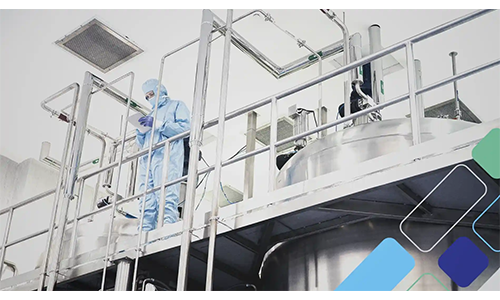Given the fact that construction workers are at t high risk for work-related musculoskeletal disorders (WMSDs). many companies are turning to exoskeletons, both passive and active, to alleviate injuries.
Passive exoskeletons support a posture or movement using unpowered mechanisms (e.g., springs, dampers, or counterbalance forces), whereas active exoskeletons involve powered force/torque generating elements (e.g., electric motors, pneumatics, or hydraulics).
A NIOSH Science blog, published a study, that looked into In a study preventing MSK injuries using exoskeletons. The articles notes the increasing interest in the use of wearable exoskeletons in the prevention of WMSDs in construction workplaces because of cost, portability, and potential effectiveness.
The blog summed up both the benefits and challenges of using exoskeletons in construction.
Potential Benefits
- Exoskeletons have the potential to serve as an ergonomic intervention to assist construction workers who are performing manual repetitive handling tasks and reduce risk of WMSD.
- Exoskeletons have demonstrated, in some uses, to be simple, lightweight, comfortable and easy-to-use by workers.
- Exoskeletons can help managers and safety and health professionals to mitigate the risks of developing WMSDs among construction workers and enhance worker safety.
Potential Challenges
More research is needed to determine the:
- Most existing exoskeleton assessments were conducted in laboratory settings, involving healthy, young participants, making it difficult to generalize the results to actual worksites and to other populations (such as older workers or those who have experienced physical disabilities or previous injuries).
- Impact on time-to-completion measures, product flow rates, and/or work quality.
- Acceptability of specific exoskeletons by workers.
- Cost-benefit comparison between construction trade-specific applications of exoskeletons and other interventions.
- Potential risks of exoskeleton use such as friction and shear injury from contact with body regions; joint hyperextension risks; unintended contact, collision, vibration, and overexertion; and worker instability.















































































